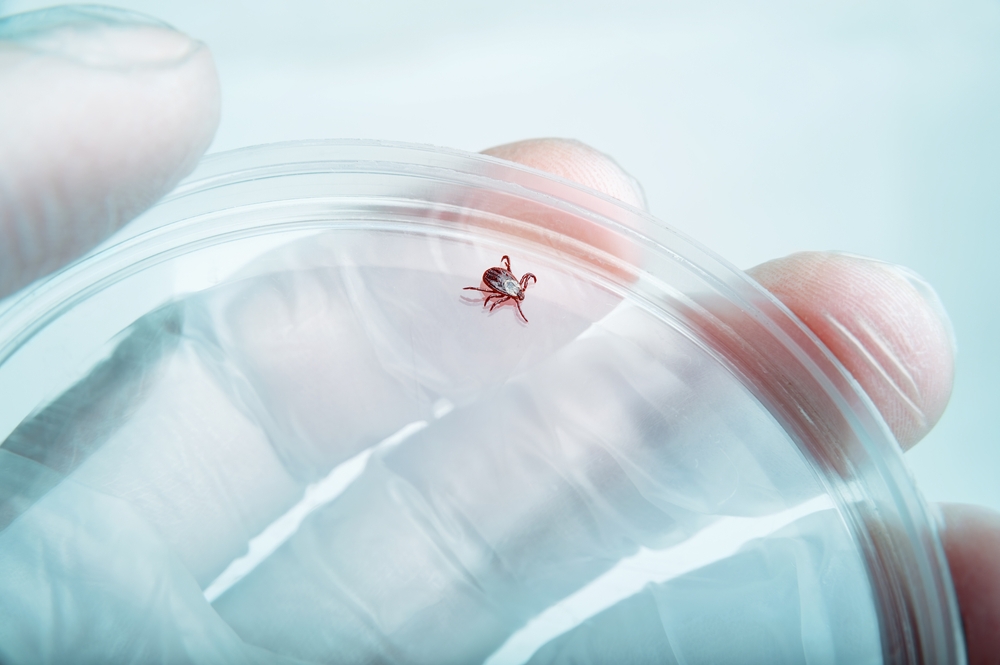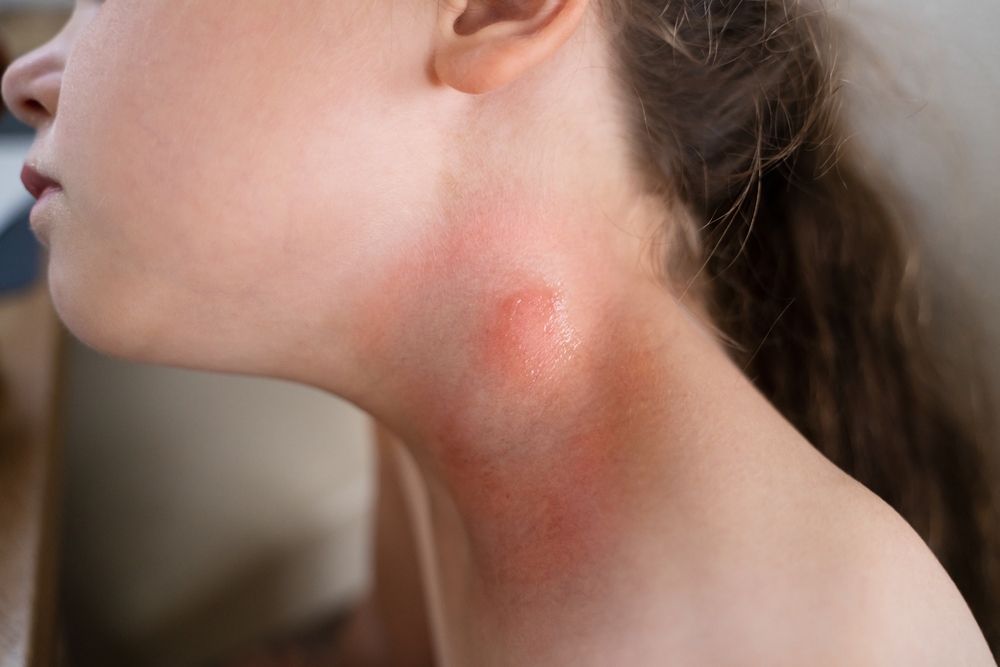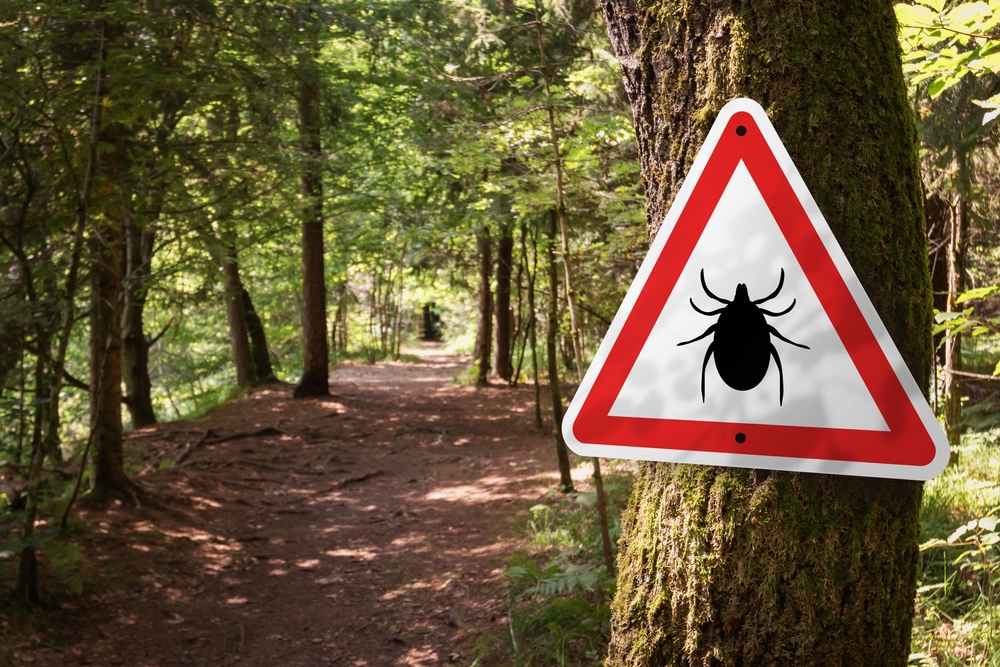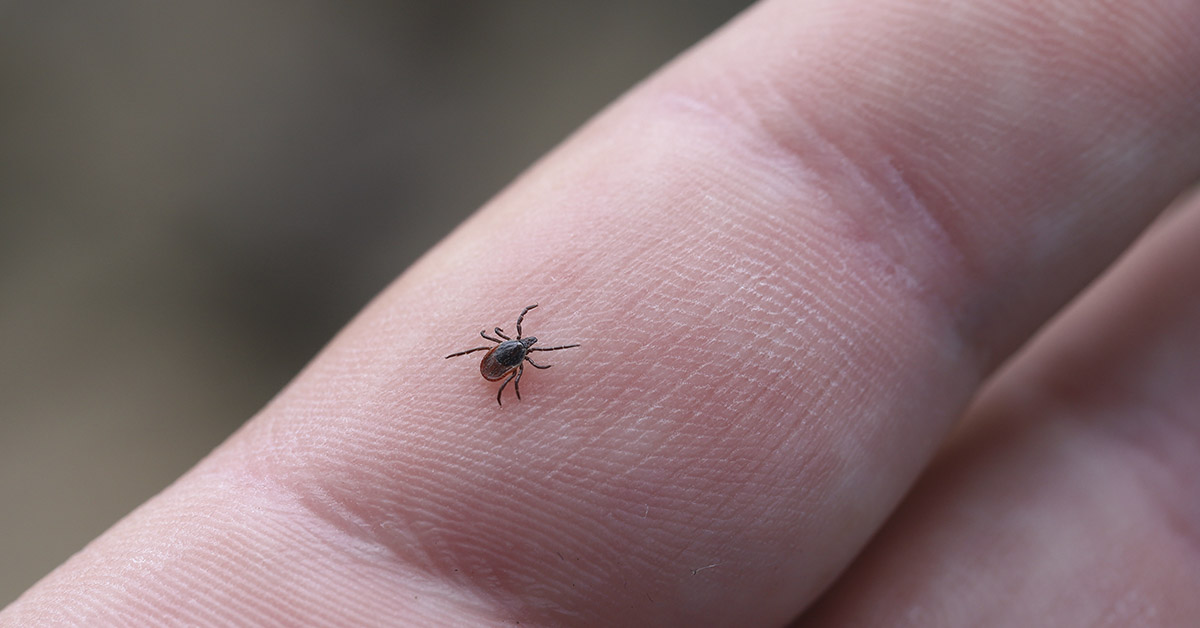One morning, a four-year-old girl woke up dazed and unable to walk. Her mother rushed her to a local hospital where the doctors struggled to find the source of the symptoms, which were getting worse. She went from crawling to being unable to sit up or move her hands. Finally, a neurologist found the source of her paralysis: a large Rocky Mountain wood tick on her scalp. The tick had latched itself onto her five days ago, during a camping trip, and fed from the bite ever since.
The spread of tick paralysis

Taylor Justice from West Virginia took her four children on a camping trip over Mother’s Day weekend. Five days later, Madeline, her four-year-old, suddenly woke up dazed and unable to walk. Taylor rushed her to emergency care but the staff couldn’t understand what was causing the paralysis. They transferred Madeline to a specialist pediatrician hospital that was three hours away.
A tick bite on her scalp

All the while, her condition worsened. “The paralysis affected her whole body,” Taylor said to the Sun. “It started from the bottom and was working its way up. She couldn’t sit up and wasn’t even making eye contact.” By the following morning, Madeline couldn’t move her hands. At that point, a neurologist thought it may be caused by a tick bite, and examined her. He found a Rocky Mountain wood tick as large as a dime latched on her scalp.
Read More: Summer is Here… So are the Ticks
Recovery and relief

The tick bite has leaked a neurotoxin into Madeline’s bloodstream, causing paralysis. The parasite was immediately removed. “She was able to walk again about four hours later,” Taylor said. “It was such a relief.” Madeline’s condition continued to improve. Although she wakes up with stiff legs in the morning, she regains full movement during the day and seems back to her usual self.
Warning other parents

The doctors also gave Madeline antibiotics to reduce the risk of Lyme disease from the tick bite. Although that condition is more well-known, Taylor had never heard of tick paralysis before. “It’s frightening how something so small can do that kind of damage,” she said. “I’ll be so much more careful now.” She now keeps tick repellent in her bag and carefully examines her kids after they play outside. She shares her store to warn other parents as well. “Ticks can hide anywhere and the earlier you catch it, the better.”
More about tick paralysis

This condition occurs when ticks latch onto a person or animal and release a chemical in their salivia that halts the function of muscles and nerves. Tick paralysis is a rare effect of a tick bite, and it only happens if the bug is still feeding from the skin. In the United States, tick paralysis appears most often in the Pacific Northwest and Rocky Mountain states because of the bite of the Rocky Mountain wood tick, such as in Madeline’s case. Other tick species have also been shown to cause paralysis, namely the American dog tick, the Lone Star tick, the Gulf Coast tick, and the deer tick.
Read More: Does the Peppermint Oil Trick Work for Removing Ticks?
Symptoms of tick paralysis

Checking for ticks after an outdoor activity is essential because, unlike bee or wasp stings, tick saliva numbs the bite site. The symptoms don’t appear until days later. At that point, the patient becomes slowly unable to move their limbs. They may also have mild, flu-like symptoms, according to MedlinePlus. If the paralysis is untreated, they can lose the ability to speak or breathe. The severity of the paralysis depends on how many ticks are involved and how long they are attached to the skin. In rare instances, untreated cases led to death, according to the California Department of Public Health.
Treating tick paralysis

The first step is locating the bug. They are commonly found on the scalp, hairline, armpit, groin, and between fingers and toes, although they can bite anywhere. Use tweezers or a tick-removal tool to ensure you remove the entire tick without squeezing or crushing it since remnants can still cause paralysis. Then clean the area with antiseptic or soap and water. Seek medical care if you are unsure if parts remain or if symptoms persist. In most cases, the paralysis improves within hours. Keep the tick, take notes about the incident, and update your GP. Tick-borne illnesses can appear months later so make sure you have as much information as possible.
Read More: How to Safely Remove and Dispose of Tick Eggs from Your Home and Yard
Other diseases caused by ticks

Paralysis is not the only condition spread by ticks, according to WebMD. Tick bites can transmit Lyme disease or southern tick-associated rash illness, which both appear as a bullseye-like rashes in some cases. They can also cause Rocky Mountain spotted fever, which leads to a rash that spreads over the body. Tick bites can also lead to infections, like tylaremia. Therefore, it’s important to take precautions when enjoying the great outdoors
Preventing tick bites

- Avoid tick-infested areas.
- Thoroughly check yourself after visiting tick habitats.
- While in their habitats, stay on the trails, and avoid grassy areas and fallen tree debris.
- Protect your skin with long sleeves and tuck the hem of your pants into your socks.
- Shower soon after returning from tick habitats.
- Kill ticks crawling on clothing by putting them in a hot dryer for 10 minutes or washing them in hot water.
- Use an EPA-registered tick repellent.
- Maintain the grass along trails, buildings, and camping areas.
Disclaimer: This information is not intended to be a substitute for professional medical advice, diagnosis or treatment and is for information only. Always seek the advice of your physician or another qualified health provider with any questions about your medical condition and/or current medication. Do not disregard professional medical advice or delay seeking advice or treatment because of something you have read here.
Read More: How To Properly Dispose of Ticks

